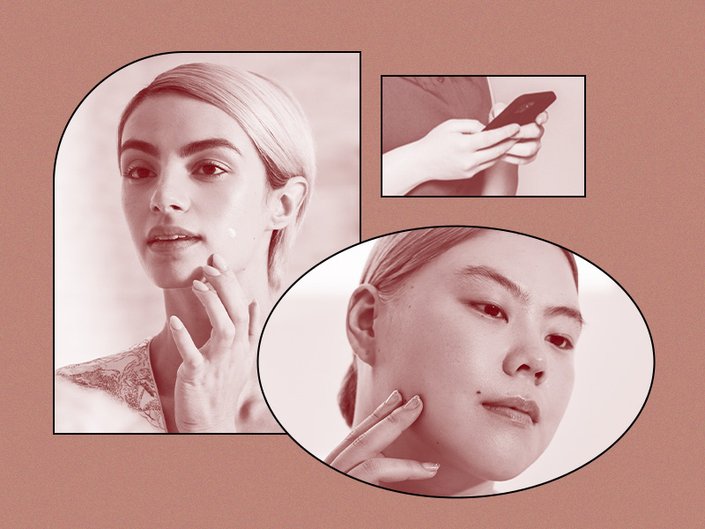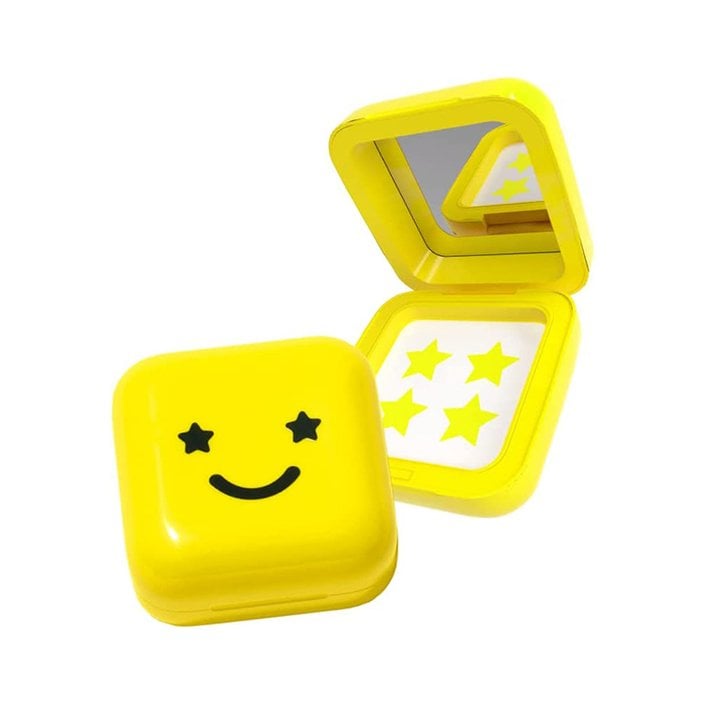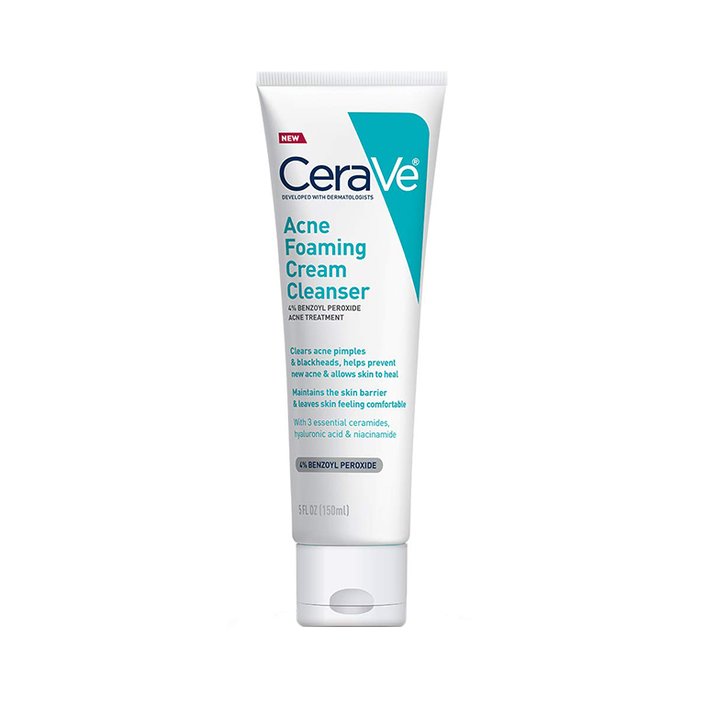Why Does Redness Linger After a Pimple Is Gone?
June 02, 2023
Why Are Pimples Red?
If you’ve ever had a cystic pimple, pustule, papule or whitehead, you’re likely all too familiar with the redness that comes with them. It turns out that redness is a byproduct of inflammation in the skin. The more inflamed your pimple is, the redder it will appear. “The degree of inflammation can be due to bacteria, skin trauma, and to some degree, androgen type hormone activity on the skin receptors,” says Dr. Zalka. “Too much handling of the skin, like squeezing the pimple, invites a skin response that can prolong the inflammatory phase.”
Dr. Rabach adds that this picking and prodding can introduce oil, dirt and other debris onto the skin’s surface, which as a result increases the look of redness. “The pimple will appear red if a little material leaks out of the skin, which leads to inflammatory cells coming to the area to fight the debris,” she says. “The redness comes from blood vessels dilating or opening up to let white blood cells, the ones that fight infection, into the area.”
Why Does Redness Remain When the Pimple Is Gone?
Popping the pus out of your pustule or using spot treatments to shrink your cyst may help flatten your pimple, but redness can linger long after your pimple has disappeared. “Redness can remain on your skin anywhere from one week to three months or more, depending on how inflamed the skin was,” says Dr. Zalka. “It’s a discoloration known in dermatologic terms as post-inflammatory erythema if it’s red, or post-inflammatory pigmentation if it’s brown. It’s the skin trying to repair itself after the battle ground of the pimple declares a cease fire.”
The duration of your pimple’s redness is due to a variety of factors. According to Dr. Rabach, it can be impacted by your skin color, skin type, skincare regimen, genetics and the size and depth of inflammation from your former pimple. For example, small, superficial pustules will resolve faster, while larger, deeper cystic pimples often take longer.
Redness and pigmentation are also heavily impacted by the level of irritation inflicted. She explains that if you picked at and introduced bacteria into the pimple, you’ll likely have more leftover pigmentation. “The white blood cells that were called into the area let off a stress signal to the surrounding area,” says Dr. Rabach. “When this happens, melanin, or little blocks of pigment, in the cells is released as a byproduct of the stress signal.” Because pigment was dropped out of the cell, it creates a visible mark that is darker than the surrounding skin even after the bump has disappeared.
While there’s no sure-fire way to remove redness altogether, covering any blemishes with a pimple patch, like the Starface Hydro-Stars, can help you avoid aggravating the spot. This will provide a barrier to prevent you from touching any zits and assist in flattening them out.

You should also consider washing your face with an acne-fighting cleanser. We like the CeraVe Acne Foaming Cleanser because it is formulated with benzoyl peroxide to help clear and prevent new pimples from forming, and hyaluronic acid, which helps the skin retain moisture so your face doesn’t feel dried out. If you already have a cleanser you love, try incorporating a salicylic acid serum into your routine. The IT Cosmetics Bye Bye Breakout Salicylic Acid Acne Serum visibly reduces existing acne and post-acne marks.





























